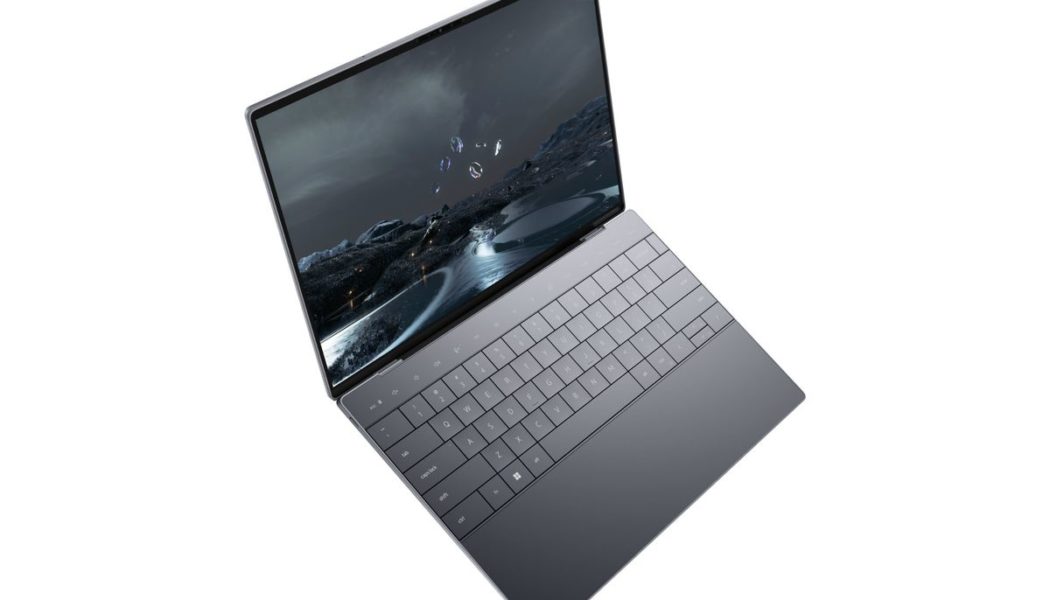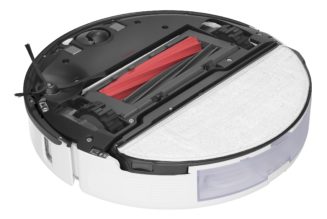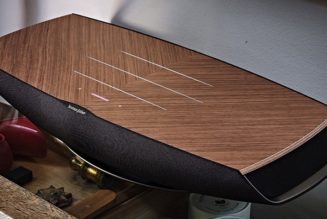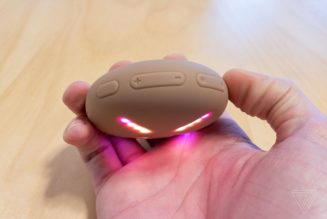Dell announced that the bold XPS 13 Plus it debuted back at CES 2022 is now available for purchase. It starts at $1,299, and while Dell didn’t detail the exact specifications for this configuration, it’ll likely get the lowest specs listed in a spec sheet shared by the company. Those include a 13.4-inch 1920 x 1200 16:10 aspect ratio display with 500 nits of peak brightness, Intel’s 12th Gen Core i5-1240P processor (28W, 12-core, 4.4GHz boost clock), 8GB of LPDDR5 RAM clocked at 5,200MHz, and a 256GB SSD.
Each model includes a 60W USB-C AC adapter and features two Thunderbolt 4 ports (but no headphone jack), a Windows Hello 720p webcam, as well as a fingerprint reader embedded in the power button.
As we noted back at CES, this new version of the XPS 13 has a more futuristic-looking design than Dell’s standard model. The most notable differences include the Plus’ Touch Bar-like row of backlit function keys, as well as the keyboard, which sits flush with the chassis. Finally, there’s the new trackpad that’s invisible to the eye but takes up a similar (if not slightly larger) amount of real estate within the middle of the glass-covered wrist rest. And instead of physically clicking in, the trackpad hardware emulates the click with haptic feedback, like Apple’s recent laptops.
:no_upscale()/cdn.vox-cdn.com/uploads/chorus_asset/file/23420659/xps13plusalt.jpg)
While Dell didn’t share pricing information for other configurations, you’ll be able to upgrade the XPS 13 Plus at the time of purchase with a 1080p touchscreen (it’s non-touch by default) or a 4K touchscreen. The highest-end display option is a 3.5K (3456 x 2160) Gorilla Glass 7-covered OLED touchscreen with 100 percent DCI-P3 color gamut coverage.
In terms of processing power, Dell can go up to a 12th Gen Intel Core i7-1280P with 14 cores, as well as up to 32GB of DDR5 RAM and up to 2TB of PCIe 4.0 SSD storage. Oh, and last thing: there will be a Developer Edition of the XPS 13 Plus that will ship with Ubuntu 20.04, and it will cost $1,249.99.
We look forward to testing out the XPS 13 Plus soon. As my colleague Monica Chin wrote in her hands-on back in January, we’re cautiously optimistic that all of these aesthetic changes won’t get in the way of it being a good machine. But stay tuned for the full review to find out.








